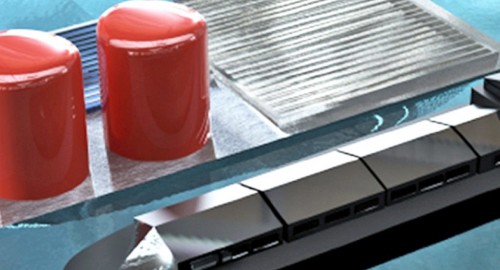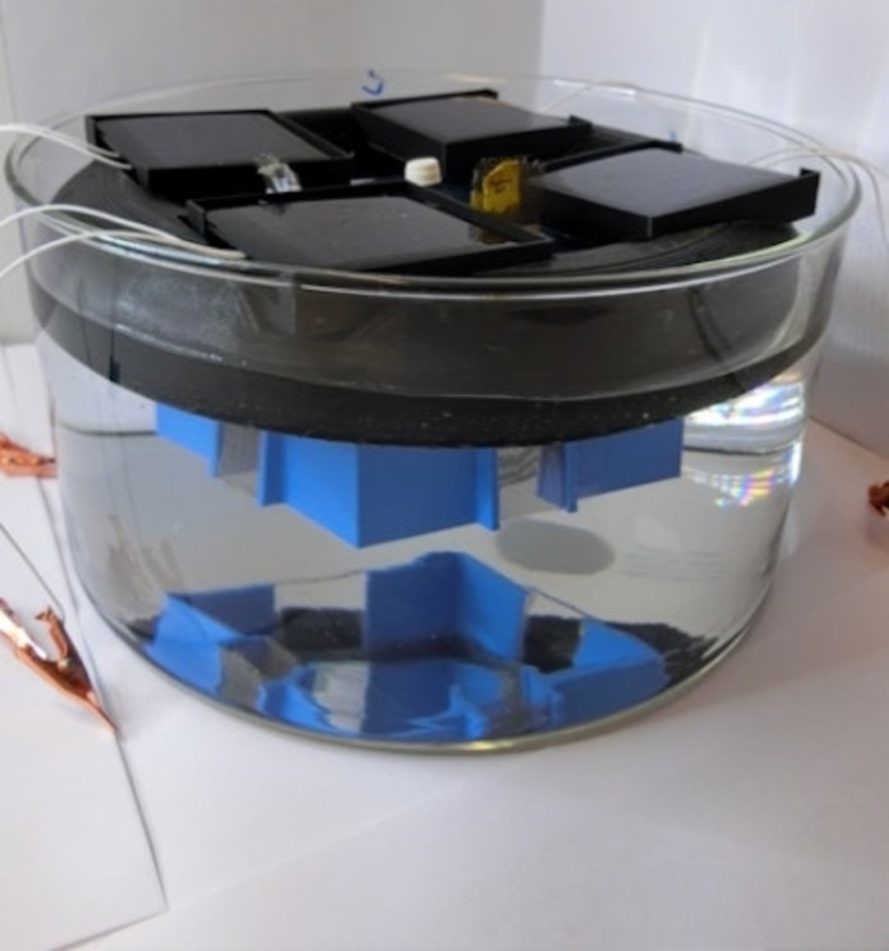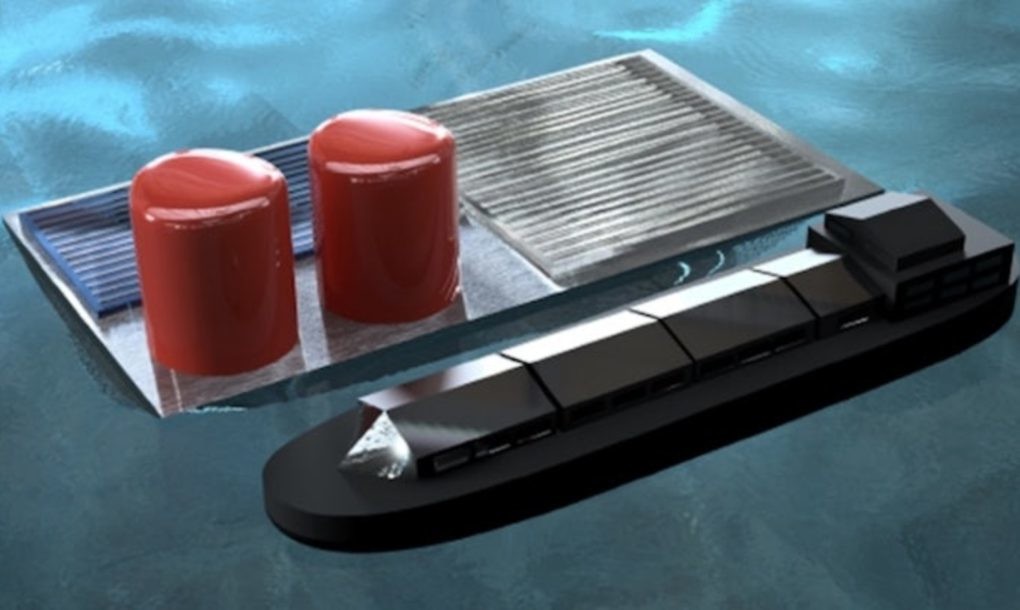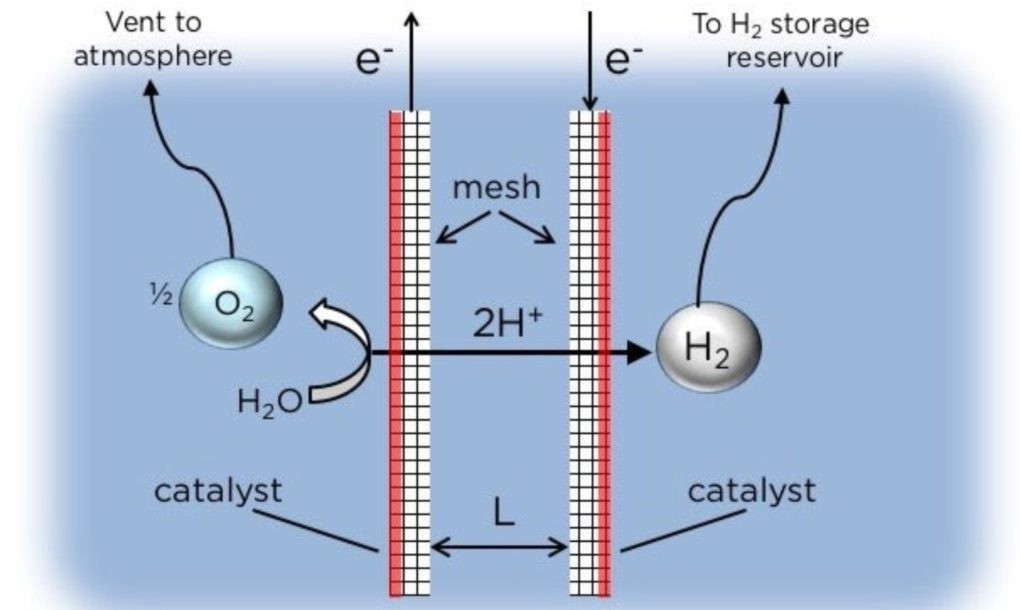RECOMMENDED VIDEOS

Star8 Flexible Solar Panels Installations
Star 8 Solar Green Commercial Pty Ltd

Mikimoto Communications : Design and Build Solar Energy…
Mikimoto Communications Sdn Bhd

Green Insights 2014: Solar System Harvest Money From Your…
Green Innotech Sdn Bhd

Kasco Marine New LED Fountain Lights
Kasco Marine Inc

Jiangsu Jiasheng Photovoltaic Technology : Solar Module…
Jiangsu Jiasheng Photovoltaic Technology Co., Ltd
Related Stories
The City of London will be powered with 100% renewable energy by October 2018
The largest solar farm apiary in the US opens this week
New study suggests that plastic waste may be transformed into usable energy
Uravu’s zero-electricity Aqua Panels produce gallons of water from thin air
104% of Portugal’s electricity consumption in March came from renewable energy
10 Feb, 2018

Floating solar rig from Columbia University harvests hydrogen fuel from seawater
Renewable Energy & Energy Efficiency | UNITED STATES | 28 Dec, 2017
Published by : Eco Media Asia
Engineers at Columbia University have created a “solar fuels rig,” which floats on the ocean, captures solar energy, then uses that energy to extract hydrogen from seawater. Hydrogen is a clean source of energy, though methods to extract it have often proven too costly or energy intensive to be viable. A typical hydrogen extraction system uses water electrolysis, in which H2 and O2 are separated by sending an electric current through water and divided by a membrane, which is usually very delicate. The new floating solar rig does not use a membrane, which makes it resilient enough to deploy on the open ocean.
The lack of a membrane is an important design feature that facilitates a more effective extraction system. “Being able to safely demonstrate a device that can perform electrolysis without a membrane brings us another step closer to making seawater electrolysis possible,” said Jack Davis, co-author of a scientific paper on the device published in the International Journal of Hydrogen Energy. “These solar fuels generators are essentially artificial photosynthesis systems, doing the same thing that plants do with photosynthesis, so our device may open up all kinds of opportunities to generate clean, renewable energy.”

Rather than incorporate a membrane, the device uses an asymmetrical mesh structure in which electrodes, coated with a catalyst on one side, collect bubbles of either hydrogen or oxygen. Once the bubbles are large enough, they are pulled into separate collection chambers. Although the team has yet to test its design on actual seawater, they feel confident in the process. “We are especially excited about the potential of solar fuels technologies because of the tremendous amount of solar energy that is available,” said Daniel Esposito, lead researcher on the project. “Our challenge is to find scalable and economical technologies that convert sunlight into a useful form of energy that can also be stored for times when the sun is not shining.”

Article from inhabitat.com
by Greg Beach
